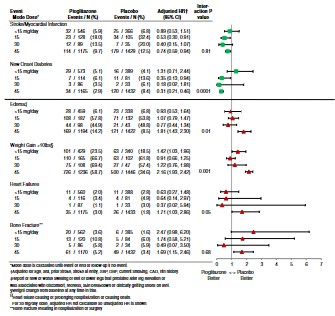2022-03-31 カリフォルニア大学バークレー校(UCB)

UC Berkeley researchers carried out the first major survey of macrofungi on the Polynesian island of Mo’orea, yielding more than 500 different specimens. These fairy inkcap mushrooms were found growing on decomposing wood. (Photo by Todd Osmundson)
このたび、カリフォルニア大学バークレー校の研究者らは、ポリネシアのモオレア島に生息する素晴らしい菌類について、初めて詳細な解説を行い、Journal of Biogeography誌に発表しました。このコレクションには、200種以上の大形真菌が含まれており、その多くは科学的に新しい可能性を持っています。
<関連情報>
- https://news.berkeley.edu/2022/03/31/polynesian-island-yields-treasure-trove-of-fungal-biodiversity/
- https://onlinelibrary.wiley.com/doi/10.1111/jbi.14354
ポイントデータを用いた、データの乏しい太平洋海洋島嶼地域の生物地理学的シグナル、固有性、および大形真菌の多様性に関連する要因の評価 Using point data to assess biogeographical signal, endemicity and factors associated with macrofungal diversity in the data-poor Pacific oceanic island bioregion
Todd W. Osmundson,Sarah E. Bergemann,Rikke Rasmussen,Matteo M. Garbelotto
Journal of Biogeography First published: 30 March 2022 https://doi.org/10.1111/jbi.14354
Abstract
Aim
Oceanic hotspot archipelagos are important systems for studying evolutionary and ecological processes; however, studies of macrofungi in these habitats are extremely limited. We assessed diversity across habitat types, using DNA point data to draw inferences about biogeographical signal, endemicity and potential radiation for fungi of a representative isolated island (Moorea, French Polynesia) within the poorly known South Pacific bioregion, comparing resulting patterns to those previously inferred for more comprehensively sampled plants and animals.
Location
Moorea and Tahiti, French Polynesia.
Taxon
Fungi (Basidiomycota, Ascomycota).
Methods
Morphological characters and similarity assessment of rDNA-ITS sequence data were used to measure diversity and habitat associations. A Monte Carlo simulation method was developed to detect biogeographical signal and assess its significance.
Results
A total of 553 specimens yielded 205 morphospecies; 433 sequenced specimens yielded a molecular:morphological richness ratio of 1.24:1. Approximately 58% of sequences lacked a close (≥98%) GenBank match. Community composition differed by vegetation type, with highest similarity between forest types occupying similar low-elevation habitats. A predominant Australian/Oceanean biogeographical signal was detected.
Main conclusions
Moorea fungi exhibit a strong Australian biogeographical affinity as reported for other taxa, supplemented by more recent introductions. Like Society Islands plants and animals, macrofungi may have high endemism. Morphological evidence does not indicate that intra-island radiation has occurred, though molecular evidence suggests possible cryptic speciation. Habitat types differ in their biogeographical affinities, but habitat does not appear to be driving radiation. This study introduces a robust method for inferring biogeographical signal using sequence database comparisons, applicable to other taxa and systems for which only point data are available.


